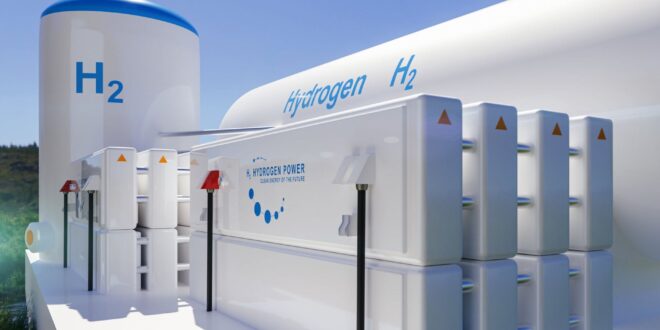Fortescue is a large Australian mining group that has articulated ambitious plans to become a clean energy giant, especially in the hydrogen market, where it has begun several large international green projects and entered into numerous partnerships with other firms. Earlier this year, however, Fortescue began to exhibit signs of getting cold feet. Metals prices were not so hot, meaning less available cash to sink into non-cash producing projects. Earnings missed expectations and may fall in the coming fiscal year. Moreover, electricity prices have risen, and electricity is a key ingredient in the production of clean hydrogen. Higher power prices make green hydrogen even less price competitive. In midyear, Fortescue announced a delay of its green initiatives and it fired 700 employees.
Okay, it’s not the first company pulling back from overambitious green energy plans. But we were more interested in what happened next. At the end of August, Fortescue agreed to buy for $14 million a 40% share in a small Australian firm established to drill for white hydrogen (the hydrogen found underground that results from the reaction of rainwater to certain minerals) which can be classified as a renewable source of energy. Abandoned wells in areas selected for drilling, incidentally, show a high concentration of helium with the hydrogen — icing on the cake, one might say. The target firm’s acreage is located in Kansas and Nebraska, conveniently near pipelines and potential users. Drilling to determine the commercial viability of the findings will commence in late 2024 or early 2025. Drilling for hydrogen by another Australian company in Fortescue’s home state of Western Australia will commence late in 2024, too. (Australia’s abandoned wells also show high concentrations of helium.)
Now back to motivation. If estimates are correct, white hydrogen will cost one-third as much as green hydrogen (produced using non-fossil fueled electricity), the stuff that Fortescue and others presently plan to market from their hydrogen production facilities. So, if there turns out to be enough white hydrogen, why bother producing green hydrogen at a much higher cost? And if there is enough white hydrogen, government subsidies for green hydrogen production projects may turn into a waste of money. Why buy expensive green hydrogen when you can buy cheaper white hydrogen instead? A lot of ifs. So here is the final one.
White hydrogen, if found in sufficient quantities and at enough locations (potential locations in the eastern U.S. and Europe have been identified) will turn hydrogen into an economical energy source rather than a specialty product purchased by environmental do-gooders.
Within a half year, uncertainty could morph into enthusiasm, and OilPrice readers will be talking about the hydrogen rush. And if that happens, remember that you read it here first.

 Iran Energy News Oil, Gas, Petrochemical and Energy Field Specialized Channel
Iran Energy News Oil, Gas, Petrochemical and Energy Field Specialized Channel



